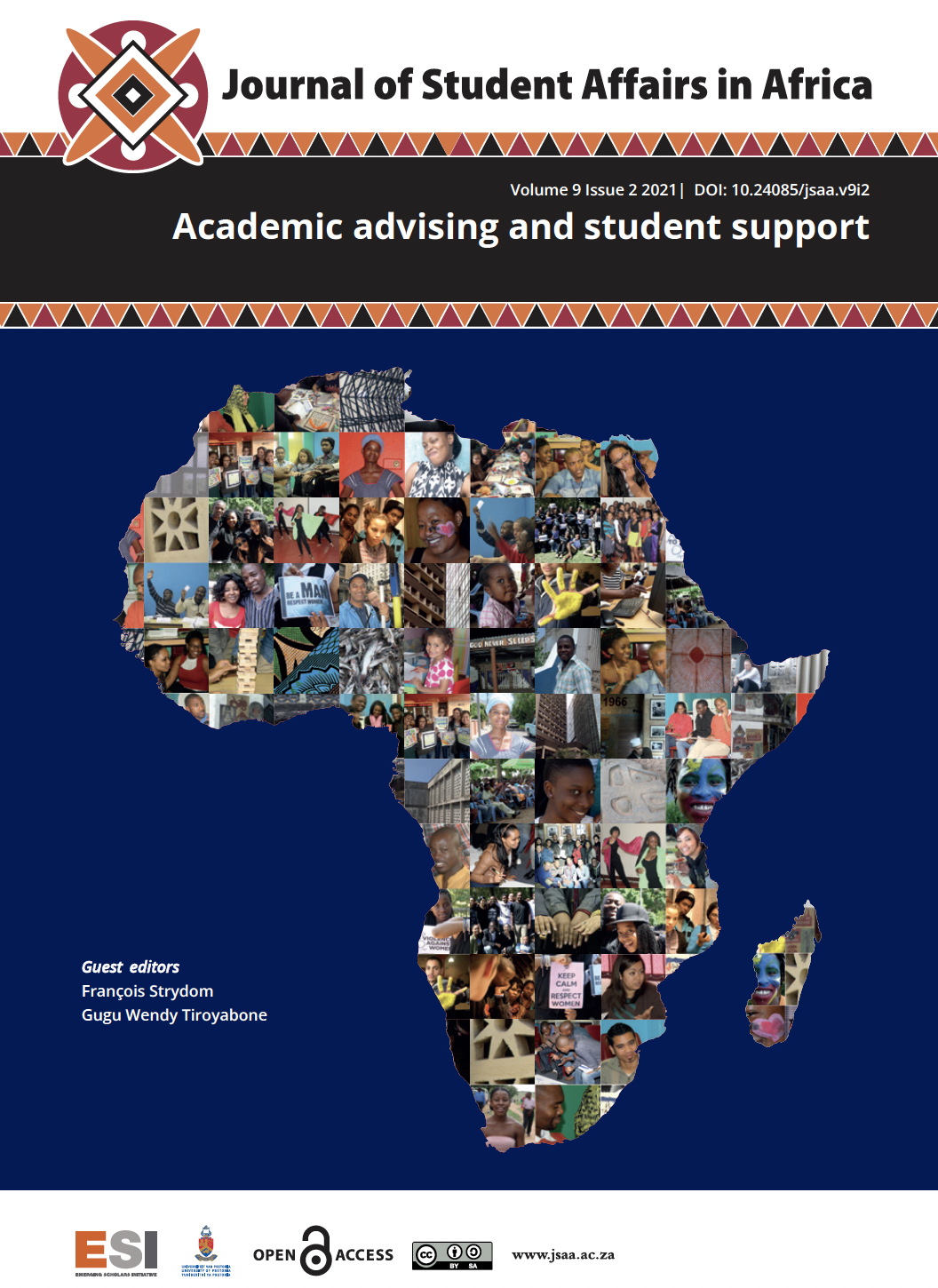Significance of Proficient Communication on Career Choice Among First Years in Rural South Africa
DOI:
https://doi.org/10.24085/jsaa.v9i2.2205Keywords:
career choice, career guidance, first year students, proficient communication, rural South AfricaAbstract
Career choice involves the selection of one occupation over another. It is very important as it gives people focus on what career to follow. However, a lack of adequate information on career choice is capable of negatively influencing career choices. Hence, this study examines the significance of the adequate information on career choice among first year students using a selected rural South African university. A quantitative research method was employed for data collection. Purposive and random sampling was used to select the institution and sample respectively. Questionnaires were administered to 375 randomly selected first year students studying in the selected rural South African university. The findings of the study show that career choice is important and can contribute to the success of students. Attempts are made to communicate about career pathways with students while in high schools through the provision in the curriculum. Various factors ranging from parental influence, teachers, presence or absence of career counsellors, amongst others affect the career choice of students. The study recommends that education stakeholders, inclusive of parents, should be informed on the need to guide students in making informed career choices. Career information centres should be made available to students in various locations in the country.
Downloads
Published
Issue
Section
License
Copyright (c) 2021 C Uleanya, MO Uleanya, G.M Naidoo, H Rugbeer

This work is licensed under a Creative Commons Attribution-NonCommercial-ShareAlike 4.0 International License.
Authors who publish with this journal agree to the following terms:
Authors retain copyright and grant the journal right of first publication with the work simultaneously licensed under the Creative Commons Attribution Share-alike 4.0 International License that allows others to share the work with an acknowledgement of the work's authorship and initial publication in this journal.
Authors are able to enter into separate, additional contractual arrangements for the non-exclusive distribution of the journal's published version of the work (e.g., post it to an institutional repository or publish it in a book), with an acknowledgement of its initial publication in this journal.
Authors are permitted and encouraged to post their work online (e.g., in institutional repositories or on their website) prior to and during the submission process, as it can lead to productive exchanges, as well as earlier and greater citation of published work (See: The Effect of Open Access).


